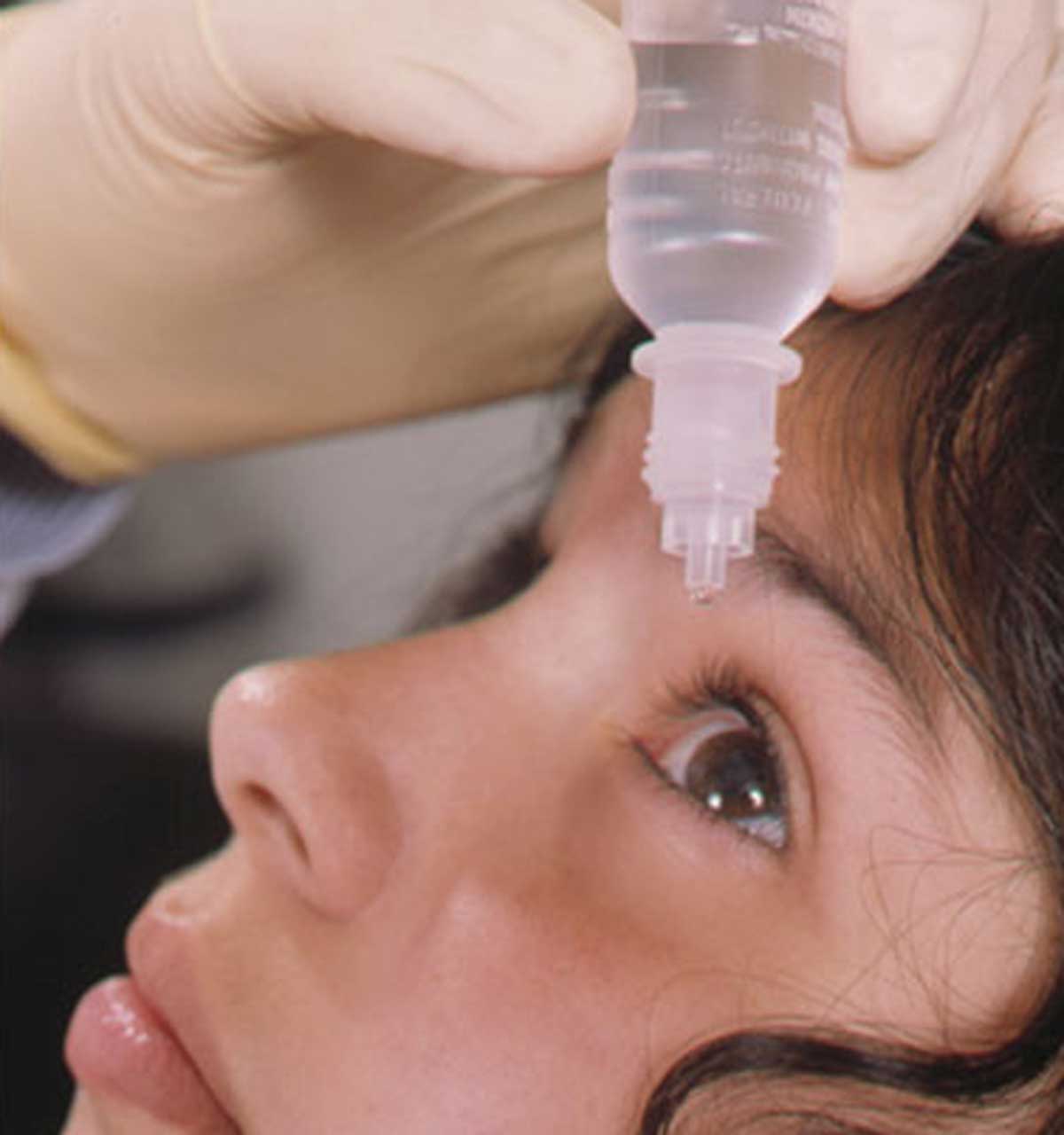 |
Atropine 0.01% was able to alleviate hyperopia most noticeably in the temporal retina. Photo: Joseph W. Sowka, OD, and Alan G. Kabat, OD. |
Atropine has been used for over 100 years as an effective treatment in myopia control, although optimal dosage recommendations are still being debated and studied. The 0.01% concentration has been shown to be safe and effective in halting progression. Researchers recently sought to build on this, specifically looking at the eye drop’s effect on relative peripheral refraction, a quantitative factor in myopic development that measures the difference between central and peripheral visual refraction.
The randomized, double-blinded study enrolled 73 children split between a study group and a control group. The study group used a placebo for one year followed by half a year of atropine 0.01%, while the control group used atropine 0.01% for one year and then switched to placebo eye drops for half a year. Measurements of central and horizontal peripheral refractions (15° and 30° at the temporal and nasal retina) were performed on all patients under both non-cycloplegia and cycloplegia.
The researchers found that under non-cycloplegia, the control group showed significant relative hyperopia in the temporal 30° retina and the nasal retina. In the study group, however, the relative hyperopia in the temporal 30° retina disappeared.
After cycloplegia, the control group had significantly less myopia in central refraction. In addition, the researchers wrote, “As a hyperopic shift in the central refraction, there were significant myopic shifts, which meant less hyperopia in temporal relative peripheral refractions.” The study group, on the other hand, did not present any significant changes in central refractions or temporal relative peripheral refractions.
The team determined from the data, as also described in other studies, that myopes present more peripheral hyperopia in the nasal retina than the temporal retina.
“The curvature of the nasal cornea and the sagittal height of the nasal sclera, which correspond to the imaging in the temporal retina, are both less than the curvature and sagittal height of the temporal part,” the researchers explained. “All these anatomic and physiological properties might work together and promote the nasal-temporal asymmetry of relative peripheral refractions.”
They concluded that in children with myopia, “Atropine 0.01% eye drops and cycloplegia had more of an effect on temporal relative peripheral refractions.” They noted that this atropine concentration was able to alleviate relative hyperopia in the temporal retina and the hyperopic shift before cycloplegia.
Tian J, Wei S, Li S, et al. The effect of atropine 0.01% eyedrops on relative peripheral refraction in myopic children. Eye. January 29, 2022. [Epub ahead of print]. |


